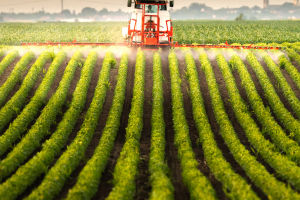Among the modern concrete buildings near Gyeongbokgung Palace in Korea, there is what is called a "wooden house that smells like pine trees a tea house".
The teahouse was formerly a pharmacy and retains the architectural features of a traditional Korean house.
The entire building is made of natural wood, which not only purifies the air but also relaxes and increases immunity. Here, guests can enjoy tea and meditation in a hanok located in a bustling city, and find full vitality on a fatiguing winter day.
There is an old Korean saying, "A good cup of tea means you don't need to call a doctor." The concept of "tea therapy" has become very popular in Korean health circles in recent years because of the epidemic.
At the "2022 Korea Health Tourism Festival" held by the Ministry of Culture, Sports and Tourism and the Korea Tourism Organization in October this year, tea therapy were one of the themes that were very popular among foreign tourists.
Tea therapy, as the name implies, is the use of tea in health and healthcare treatment. Combining tea and Oriental medicine, a cup of tea to meditate the body and mind.
"Stiff neck, sore shoulders, indigestion, nerves, bloating, easy fatigue, cold hands, and feet ... these problems many people have more or less. When you go to the doctor but can not see what is wrong, you use tea therapy to regulate the body." This is what Koreans say about tea therapy.
When it comes to combining tea with Chinese medicine, the first thing that comes to mind is "bitterness". Many people have experienced drinking Chinese medicine, we know that the medicine is bitter, but still bitter to swallow.
But Korean tea is unexpectedly "good". It is said that the secret to eliminating the bitter taste lies in the way the tea is brewed. When mixing Korean herbs, tea therapy considers the taste first.
To brew a tea that is both delicious and healthy, several Korean herbs are blended at the same time.
The Korean tea-drinking culture has a long history. There are many different types of Korean tea, and it can be said that there is nothing that can't be made into tea.
Some of the familiar ones are barley tea, and ginger tea, yuzu tea which is rich in vitamin C, Gummija tea which is sweet, sour, bitter, spicy, and salty, and burdock tea which relieves constipation and purifies the skin.
In recent years, fruits and vegetables have been made into tea, such as "jujube tea," which has a strong sweet taste, "papaya tea," which can relieve sore throats, and "plum tea," which is made from pickled plum pulp.
Papaya tea, eggplant tea, radish tea, and other natural teas that are effective in relaxing muscles are also particularly popular among young people.
In the area of Insadong and Samcheong-dong in Seoul, many teahouses have been converted into traditional houses with a strong cultural atmosphere, and they are very popular among tourists.


